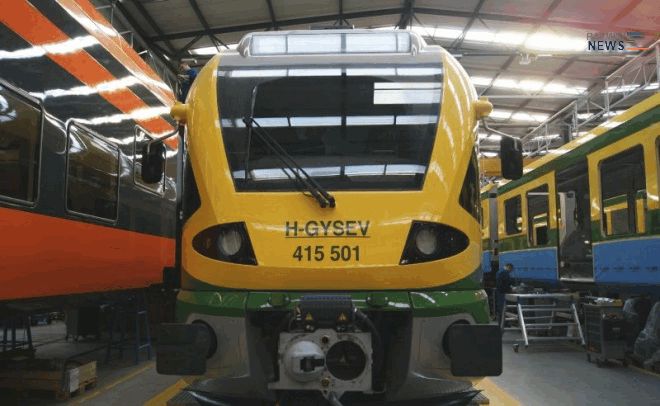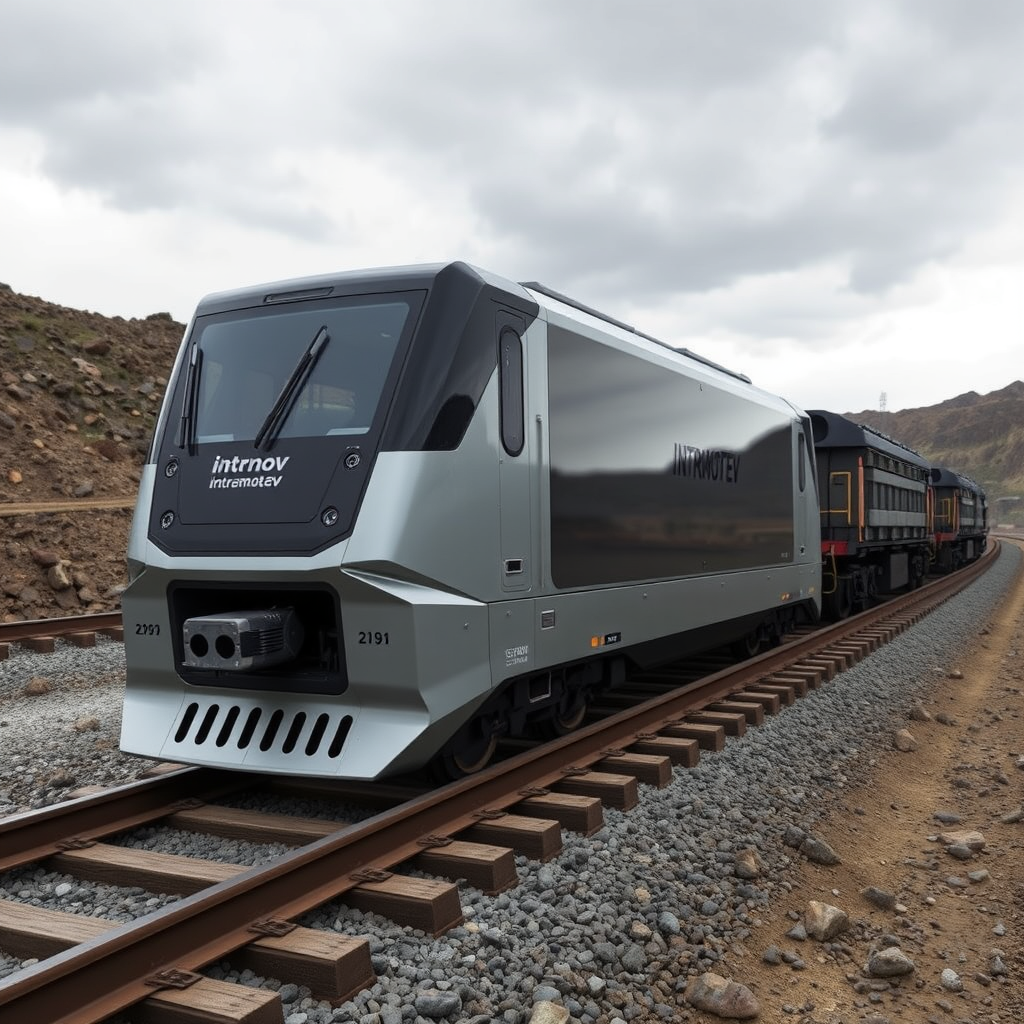1st GYSEV FLIRT has been Introduced in Hungary

The first FLIRT train for Hungarian-Austrian railway operator GYSEV Zrt. has been introduced today in Sopron, Hungary. The new vehicle has been handed over by Zoltán Dunai, Country Manager of Stadler in the presence of Mrs. Zsuzsa Németh, Hungary’s Minister for National Development, Ms. Ilona Dávid, Chairperson of GYSEV, and Mr. Szilárd Kövesdi, CEO of GYSEV. The railway operator can count on the operation of already two vehicles of the future fleet of four FLIRTs, as Stadler in parallel with the introduced train officially delivered the second vehicle of the series too. The two vehicles already possess all necessary authority permissions, so that they are able to enter commercial service on the railway line of Sopron–Szombathely–Szentgotthárd, already at the timetable change of GYSEV on 15 December. The commercial service of the two trains already this year has become possible due to the early delivery of Stadler, which handed over the vehicles with 60 train days before the deadline.
The first two trains are part of the fleet of altogether four FLIRTs, about which GYSEV and Stadler signed a delivery agreement back in 2012 April. GYSEV accomplished the procurement within the frames of the reconstruction project of the railway lines of Sopron–Szombathely–Szentgotthárd. In addition to the purchase of the new trains, this project included the finishing of the reconstruction works of Sopron–Szombathely line, and the entire modernisation of the Szombathely–Szentgotthárd line. With this GYSEV renewed altogether 110 km railway track, which resulted in the increase of the maximum speed to 120 km/h. The total value of the project is HUF 49.8 bn, out of which HUF 42.3 bn has been provided by the European Union. The procurement cost of the four trains amounted to a good EUR 20 million.
The commissioning of the new trains has been executed by the Hungarian employees of Stadler in the maintenance centre of the company in Pusztaszabolcs. During the commissioning process the experts of Stadler worked closely with the Hungarian Transport Authority, the representatives of which executed the usual technical tests and authority checks of the vehicles on the railway line of Győr-Hegyeshalom, where the speed tests at 160 km/h are possible. The first two GYSEV FLIRTs passed all tests successfully, thus the authority was able to issue the permission required for the commercial service. As the GYSEV FLIRTs are identical with the ones Stadler produced for the Hungarian Railways, homologation of the vehicles was not required this time. According to the contract, Stadler would have needed to deliver the first train only at the end of December, and the second only at the end of January, but similarly to the MÁV project, Stadler delivered again well before, altogether 60 train days before the deadlines. The carbodies of the trains were produced in the Hungarian factory of Stadler in Szolnok, while the final assembly was made in Poland, Siedlice.
The maximum speed of the single voltage low floor regional trains is 160 km/h, and possess altogether 211 seats and 164 standing places. The GYSEV FLIRTs are equipped with state-of-the-art passenger information system, air conditioning, multifunctional areas for the storage of bicycles, disabled accessible toilets, as well as free wifi internet connection, and power sockets for the charging of mobile phones and laptops. From the 55 cm platform it is possible to enter the trains directly, without the need of stairs.
The vehicles have a very dynamic acceleration power of 1.2 m/s2, by which the drivers are able to compensate even 10 minutes delays in the timetable. This is a huge advantage from the aspect of keeping the timetable, because no other trains in Hungary are capable of such performance apart from the FLIRTs operated by MÁV. The train full with passengers can reach 100 km/h speed in 28 seconds, while it is able to stop from a speed of 120 km/h only using its service brake without the necessity to use the airbrake. It is also converting its accumulated kinetic energy into electricity, and can nearly fully feed it back into the overhead network.
Source : Stadler Rail PC



